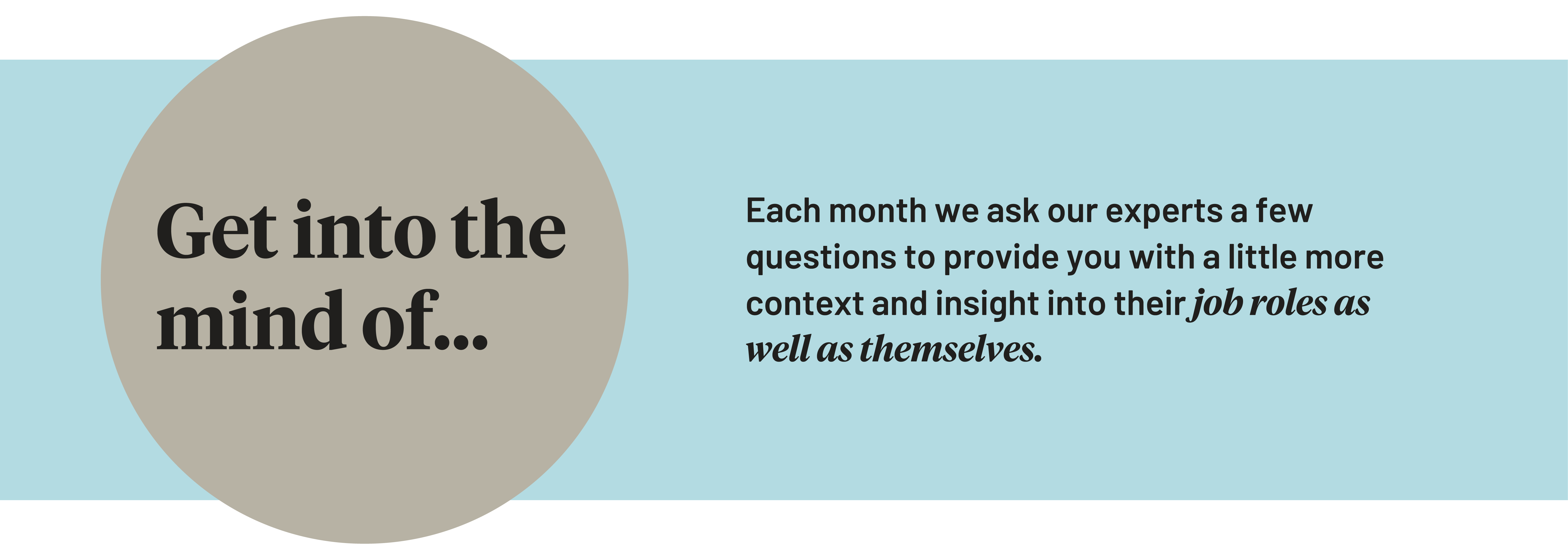
April 19, 2023
IPL Perspectives: Rex Wan & Amanda Comeau
In your role at IPL, how do you best look to overcome challenges (with design briefs, partner manufacturing facilities, and timing constraints) and still ensure the delivery of an excellent product, on time and within budget?
Rex Wan
Strategic Operations Director | China
Against the backdrop of the current global environment, with the ongoing war between Russia and Ukraine, the tense relationship between the US and China, and the lingering influence of COVID-19, three core factors of the packaging supply chain have become even more challenging: cost, quality and timing.
To enable us to effectively manage design briefs and resulting new product development, these three factors are always at the top of our mind to ensure the end result will meet our customers’ expectations:
Timing:
- Engaging in frequent communication with the project teams from our different sales offices is to best understand our client’s requirements and expectations on cost and timing. Of course, quality expectations are also always high but having sight of quality parameters early in the process helps enormously with product development and avoids wasted time in this area.
- It’s vital to try and have our engineers and quality assurance people on the ground to monitor all sampling and production. This enables them to find and address any quality and/or productivity issues early in the sampling/production process, as opposed to at the final inspection. This entails a continual review of our own resources, of course
- It would be nice to think that things always run completely to plan but, of course, in new product development, there are often unexpected challenges to solve. Keeping Head Office and Sales Offices updated on all project status issues and proactively solving any of these issues on a daily basis is optimal and certainly helps manage our customers’ expectations.
Cost:
- Whilst we have a reputation for quality, cost is obviously hugely important to our clients. Where external resources are required (e.g. bespoke materials and fitments) we obtain quotes (for each project) from 3 suppliers. Apart from keeping our supply base keen, it does happen that certain suppliers are more available at times compared to others. Keeping track of a competitive pool is important. Loyalty and relationships are, however, equally as key and not more so with our core suppliers.
- Prepare a ‘partner pool’ for each product or industry category. These partner facilities are thoroughly audited and tested through our quoting and sampling and production requirements. This addresses the issues of cost, quality and timing while allowing us to develop relationships with each as “partners” which is in our view the key to our manufacturing success.
- We need to keep a close watch on the status of new manufacturing facilities being set up outside of mainland China. Some of our key Chinese suppliers are busy with these projects in other areas of Asia which look very interesting. This will allow us greater future flexibility with some cost benefits. In addition, we are working on building our relationships with local European production facilities, and so ensure clients are better positioned to deal with future global disruptions through combined supply in different forms.
Quality:
- Integrate our supply base to allow the supply of certain key components to our partner facilities (for example metal wares) to enable these manufacturers to focus on their core strengths and deliverables.
- For particularly complicated projects, where external resources are also required, we sample from more than one manufacturing facility in our global supply network to ensure we can provide quality samples to customers on time. It also helps to see which facilities might perform better with the production.
- Discussing designs with our Design Team upfront to allow for input and suggestions is critical to ensure the final design is suitable for mass production.
With the above activities in place, we are well able to work on a broad range of packaging developments and entirely confident in our proven ability to support our clients on all fronts and across all aspects of the project scope as we move into production.
Amanda Comeau
Client Services Manager
As a Senior Project Manager, effective, transparent communication is essential in navigating and overcoming challenges in design, timelines, budgets, disruptive crises such as freight or port-related issues and soaring shipping costs.
One of the functions of my role is to retain open channels of communication with our clients about potential issues or delays, including any changes in design, materials, or project timing.
I’ve found that maintaining strong client-supplier partnerships built on trust is the real key to successful project delivery. If we work on this as a base, then together we can find solutions to any challenges and make informed decisions that align with project goals.
Ultimately, when clients trust us to do whatever it takes to deliver an excellent product, the challenges become easier to navigate. Many of our clients have been with us for years. We have forged long-standing relationships with them as they understand they can rely on us as partners.
Understanding clients’ needs and expectations, and the project scope, is crucial for successful project management.
Currently, for example, we are working with a particular client on a repeat order. It has been gratifying to hear that they return to us each year because we ‘make their job easier.’ It’s what we aim to do! They mentioned that they appreciate the honest feedback and conversations that have taken place in the past when timelines were somewhat unrealistic and needed to be adjusted. They reiterated that candour is appreciated because previous suppliers have often placed them in difficult positions due to a lack of communication.
We always aim for smooth project execution but, inevitably, external factors can sometimes disrupt plans, particularly in these trying economic times. We ensure we have contingency plans to address potential risks and challenges. These plans include identifying alternative suppliers, sourcing alternative materials, or altering shipping options if necessary.
Most recently, as another example, we worked with a client whose budget changed after design concepts had been presented. We had to pivot to adjust to the new target pricing whilst being tasked to retain the design as close as possible to what the client had their heart set on. This entailed changing elements and fitments from custom materials (requiring special machinery and increased labour) to sourcing components that were readily available in the market. In doing so, cut material and labour costs, met the client’s target, and delivered a product that successfully achieved their expectations.
At the end of the day, there’s no better feeling than knowing that, as a team, we faced the challenge head-on, developed a solution, and the client was extremely happy with the outcome.
Rex Wan
01 – What does your role at IPL entail?
I am the Operations Director for China at IPL. I lead the Project Teams and the New Product Development (NPD team). I follow and implement the company’s strategy in supply chain management and ultimately help my teams to get their jobs done effectively.
02 – How do you start your work day?
I like to get to the office early, when it’s still quieter and go through emails first, list all important actions and arrange these when my teams are in.
03 – If you could learn one new personal skill, what would it be?
Learn to play a traditional Chinese musical instrument such as the Zheng.
Amanda Comeau
01 – What does your role at IPL entail?
As a Senior Project Manager, I liaise directly with clients on all US-based projects, from the outset of a project right through to delivery. I also act as a conduit between the client and internal teams to ensure proper understanding and communication of project scope and cohesive flow of information, while managing client expectations and timely execution of project deliverables.
02 – How do you start your work day?
I typically start my work day by running through my inbox to see if anything urgent requires me to connect with our teams in other countries before the end of their work day. Coffee in hand, I then get breakfast ready for my kids while packing school lunches. Once the kids have left for school, I scroll through the news and take a few quiet minutes to myself, if I’m lucky. Then it’s off to the gym before heading to the office.
03 – If you could learn one new personal skill, what would it be?
If I could learn one new skill, it would be kickboxing.
More articles

October 7, 2020
Promoting The Luxury of Tomorrow – Walpole

March 24, 2022
Sustainability that Beats the Boring

October 23, 2020
Beginner’s guide to important procurement and service terms

May 30, 2023
Consistency & Innovation – Finding the Balance in Packaging

February 23, 2023
IPL Perspectives: Lauren Watt & Jason Roberts

November 16, 2020
Tiffany & Co. – Luxury packaging done right

April 18, 2024
Luxury Regulated

November 16, 2020



